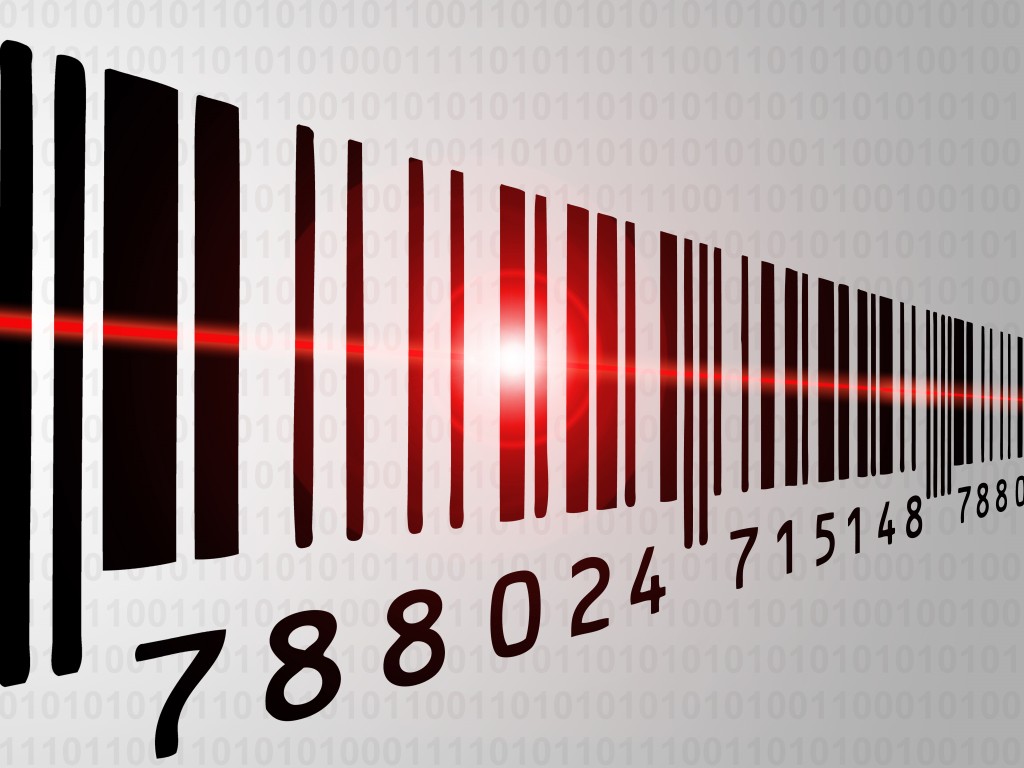Can you still see in your mind how warehouses looked before? Boxes are on top of each other. The office has file cabinets to the brim. And those cabinets are packed with manila folders with invoices, receipts, and warranty booklets. Warehouse employees spend most of their time doing paperwork. And then, there’s the problem of accidents caused by boxes, cables, pallets, and many other things. The warehouse of yesteryear was a madhouse.
But have you been to a warehouse these days? They are as organized as your kitchen pantry. They could even be more organized than your walk-in closet. The warehouse of today uses and maximizes technology. They use barcodes and QR codes to monitor the movement of goods. They use a stackable and foldable stillage cage to protect breakable items when they move from one place to another. Almost everything in a warehouse now is automated and it looks like 2021 will bring more.
Voice Technology
Warehouse employees used to spend all their time hunkered over a computer. They had to free up their hands to enter a command or to write up notes. But thanks to voice technology, they can now command machines and devices using only their voice. These machines are capable of understanding verbal instructions. They can send and deliver information to the recipients.
Machine-to-machine Technology
With the use of barcode scanners and QR code readers, information can transfer between devices. The barcode scanner can send information to the main computer to tell if an item has been dispatched to a buyer. This helps warehouse workers access real-time information regarding the inventory. Managing a warehouse is easier because of the way the information gets delivered to you.
Machine Learning
Warehouses can use robots not only for physical work but also to understand the business process better. Using artificial intelligence, warehouses can predict how long processes will take, gather business insights, and instruct the machines. The machines can collect data and process this data to make comprehensive changes to its functions.
Some robots can even identify if the product they picked up has damage or if it is in good condition. This allows the warehouse manager to identify items that need repairs or replacements. The robots can also help in identifying the gaps in the inventory.
Hiring a machine learning development company will allow you stay abreast with the latest technology and integrate it into your business. You can also use this opportunity to work with experts in making your business processes more efficient. After all, modern problems require modern solutions.
Mobile and Portable Devices
It used to be that all devices and tools used in a warehouse are plugged directly to the socket. That makes it almost impossible to bring these tools anywhere in the warehouse. Thanks to cordless and wireless technology, such is a thing of the past. Barcode scanners, tablets, and radio-frequency identification devices (RFID) increase warehouse efficiency. They allow warehouse employees to send data from anywhere in the warehouse.
This system also allows for communication between warehouse devices and systems used in the actual retail stores. The scanners can pick up shipping information and inform the inventory management system if the warehouse shipped an order already. Can you imagine not having these devices on hand right now? The ability to send data is invaluable to an efficient warehouse process.
Internet of Things (IoT)
IoT will not only be necessary for warehouse management but also in the daily lives of people in the coming years. The internet of things provides a communication platform between devices. This means information can pass from one device to another, helping processes become more efficient. IoT simplifies pallet tracking and data analysis. Based on the analysis, the machines can make forecasts for the business.
Through the internet of things, some devices can even self-diagnose. This prevents mistakes and possible client dissatisfaction. It also eliminates the loss of productivity caused by malfunctioning devices.
User Interface

User interfaces will be simpler and more functional in the future. Today, some older warehouse workers have a hard time dealing with the software’s user interface. But more developers are making sure to make user interfaces more engaging and less complicated. Companies want to display data in logical formats. This will help warehouse employees enter data, monitor the movements of products, and even present information to supervisors and managers.
Technology changed a lot in business processes. But in one aspect that it has made much of a stride is in the management of warehouses. The warehouse industry has always been a bit problematic because of the risks involved in working there. With the help of technology, not only will it lessen the risks, but it will also create an efficient, fast, and convenient workflow.








